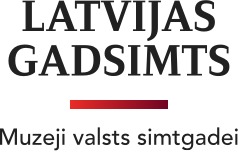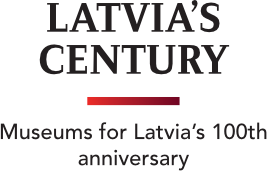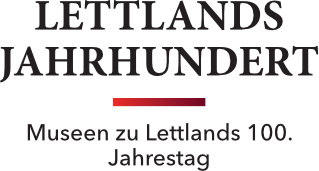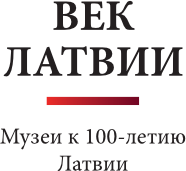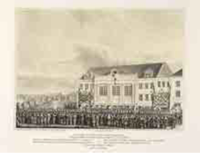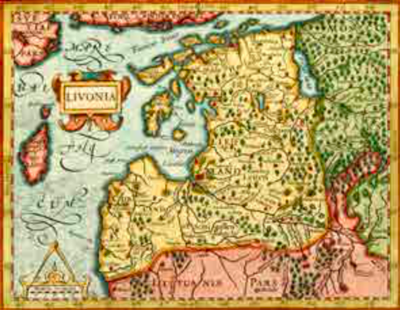
Land. People. Nation

Up until 1914
The idea of Latvia in the 19th century meant the emergence of a new national identity, which was rooted in a much older sense of a common territory and a linguistic and cultural community.
Beginning in the 13th century, the territory of Livonia — present-day Latvia and Estonia — developed into a politically, culturally, and economically distinct region. Its boundaries also gave rise to a general idea of where the border of Latvia would run. The German-speaking upper classes enjoyed substantial privileges over the local peasantry, and following their annexation by the Russian Empire in the course of the 18th century, the Baltic provinces retained substantial internal autonomy. Local authorities put up obstacles to many Latvians’ aspirations; yet Baltic German clergymen played a decisive role in the development of the Latvian language, literature, and education.
In the mid-19th century the creation of the modern Latvian nation began through the initiative of a new generation of Latvian intellectuals. This current was rooted in ethnic identi cation — the centuries-old kinship of language and culture — as well as appeals for social, economic, and cultural emancipation relevant to the real-life circumstances of the Latvian people. In the early 20th century, the idea of Latvia was transformed from a cultural ideal into the Latvian people’s demand for political autonomy.
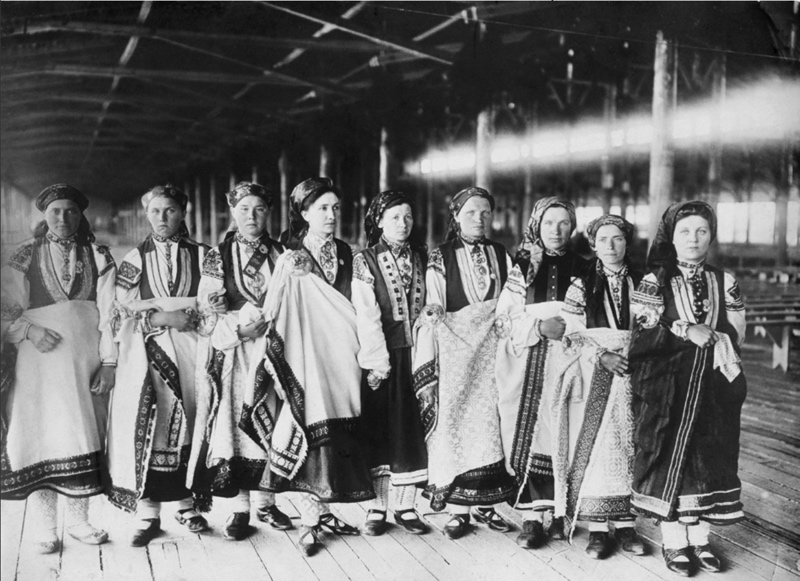
Singers from Rucava at the Fifth Latvian Song Festival in Riga.
1910.
The flag of the First Nationwide Latvian Song Festival.

Translation of the Bible into Latvian.
Duchy of Courland annexed to the Russian Empire. Russian rule established over the entire territory of present-day Latvia.
Duchy of Courland annexed to the Russian Empire. Russian rule established over the entire territory of present-day Latvia.
